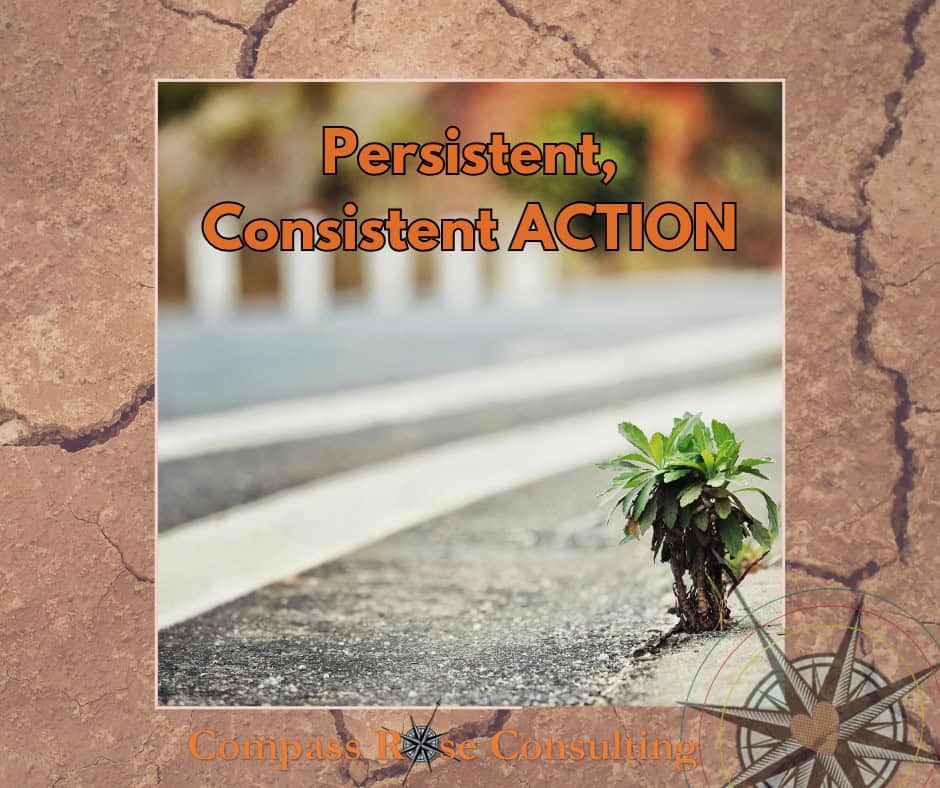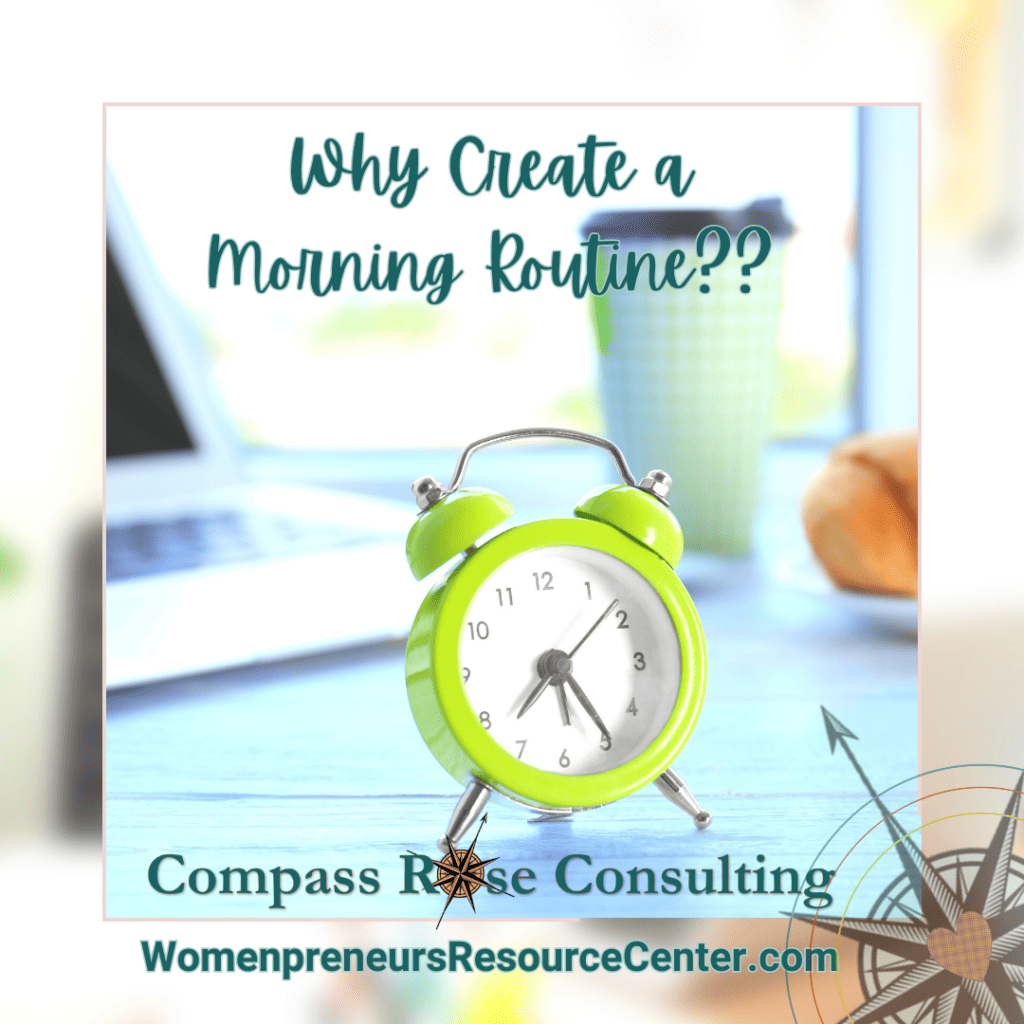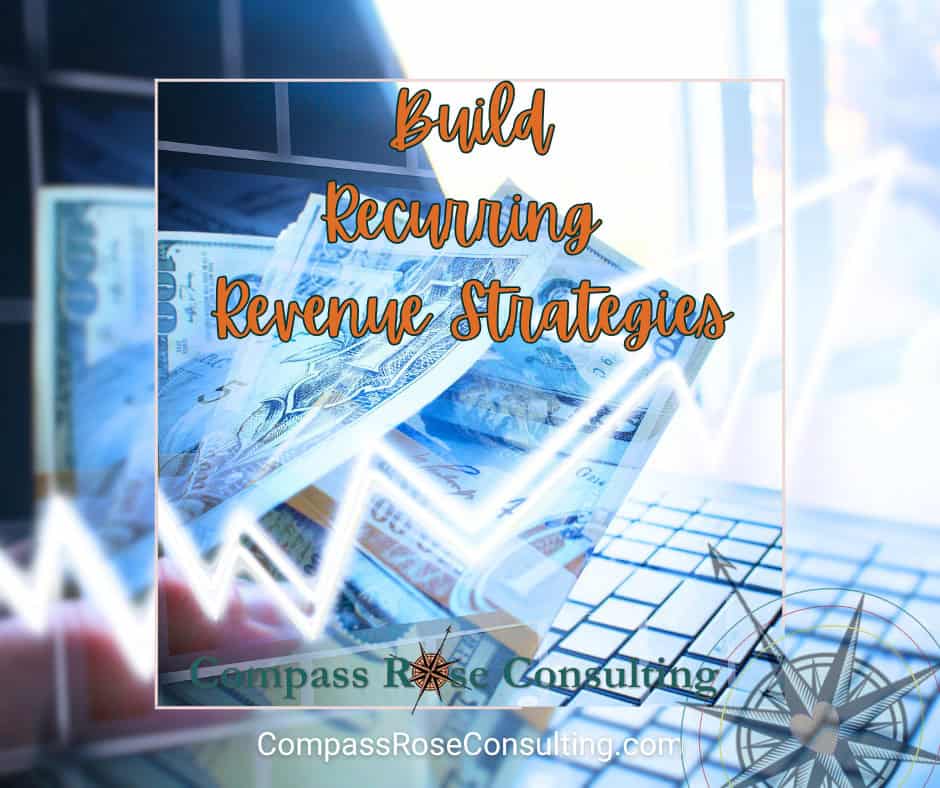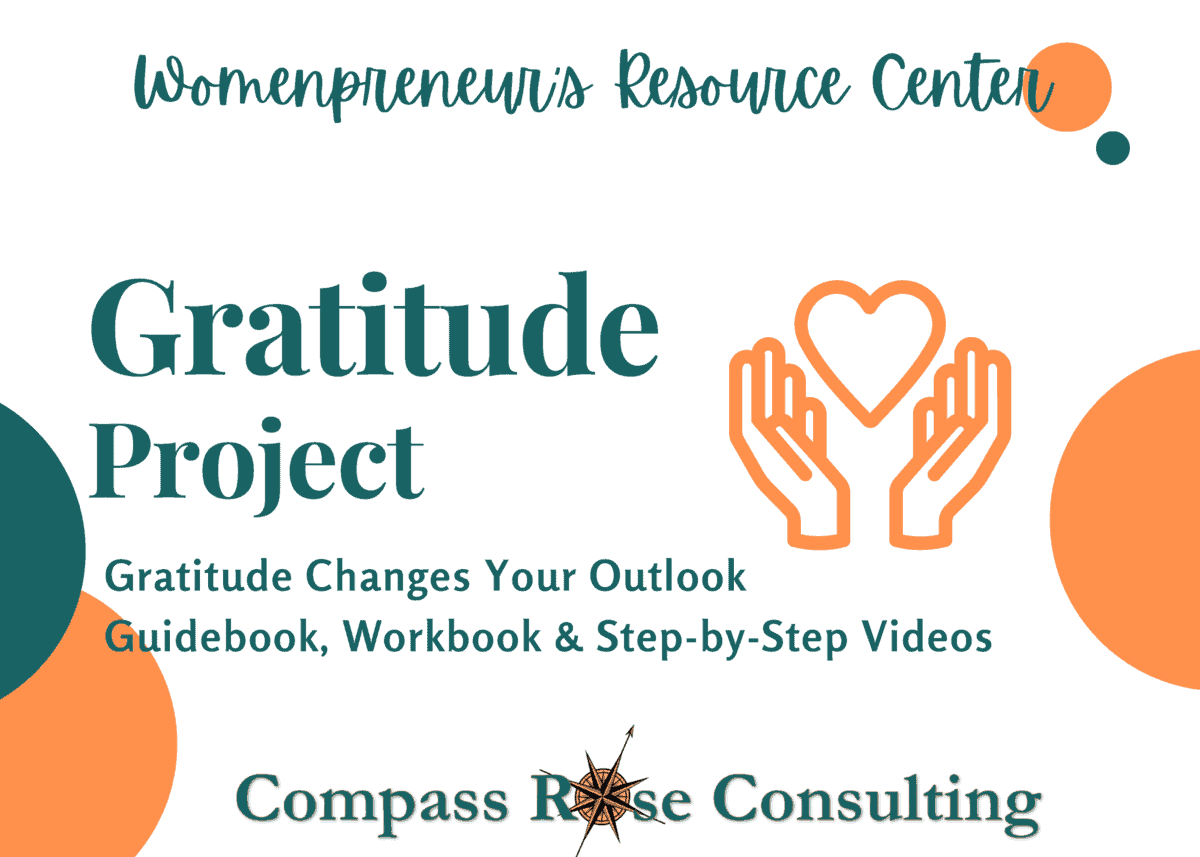
Estimated reading time: 5 minutes
Table of contents
- Leadership Growth -- Navigating To Success:- Embrace a Process for Success- Vision
- Evaluate
- Strategic Planning
- Implementation
- Accountability
- ReAssess
- Leadership

Leadership Growth -- Navigating To Success:
Embrace a Process for Success
Building a successful and thriving business is a journey, one that requires navigation, a compass and a plan. Navigating a business to success takes every aspect outlined. Whether you are working with a strategic coach or a business success coach, the process remains. You MUST start at the beginning with a Vision.
Vision
Vision guides you as the leader and guides your staff and team. It is your destination. What you are striving for and it incorporates your core purpose, your mission and ultimately, becomes your navigator or compass. Without a clear and compelling vision your business can go I many unrelated directions. You ultimately get off your right path. The vision as compass helps you to stay moving your company in the right direction.
Evaluate
Once you have created and revised your vision, before getting started take time to evaluate where you are. In developing a performance culture and a successful business it is important to evaluate where you are right now. What have you accomplished? Where have you failed? What are the lessons that you have learned and that you can learn from both? These lessons can then become tools in your tool box as you build your strategies for the upcoming year. Many businesses fail to operate in a system of evaluation and learning. They keep doing but they never learn the lessons of their successes and misses.
Strategic Planning
Build your map. Your strategic plan is your map to the vision. Without a good map it is challenging to get where you want to go. Strategies can help to keep you focused, aligned and on target. It is vital to not overdo strategic planning. Keep it simple: strategies that you can keep in front of you and keep in action. The vision (compass) remains the destination. The strategic plan is how you get there.
Implementation
This is where companies fail. They create the vision, they have the strategies and then they fail to implement or they only partially implement. Implementation gets you to the vision. Without implementation you cannot accomplish the success the company is striving for. With a usable, functional strategic plan, implementation is easier.
Accountability
Building in accountability to your system of strategic planning and implementation keeps your organization moving forward and on track. Set up a system of accountability. Score goals, report back on implementation. Have consistent meetings and accountability reports to keep each person on track and moving forward with goals and strategies. Hold each individual accountable to what they are responsible for. It is not a time for wavering on accountability. The vision depends upon each part of this process.
ReAssess
Regularly you need to evaluate and reassess where you are. What strategies are working? What is not working and why? What went well? What didn't go well? What needs to improve? All of these questions are vital to keep the organization growing and improving and ultimately succeeding. The organization needs to use a cycle of evaluation, strategic planning, implementation (action plans), accountability (monthly meetings) and back to reassess and evaluate. It is a cycle of learning, a cycle of productivity and a cycle of producing results.
Leadership
Leadership is at the core of Navigating to Success. As the leader, you are the visionary. You drive the company. Sharing your vision and your passion is essential. It is part of leading. Bringing your staff into the fold, to KNOW the vision, collaborate on the strategies and implement builds success strategies and buy-in from your team. As the leader, you depend upon staff to bring your vision to life. It becomes essential that you lead. Be strategic as the leader -- develop a strategic process of navigating to success.
The process of leadership is a cycle of continuous, lifelong learning much like this process. Leaders that choose to take on the challenge of leadership and their own personal growth and development as a leader are able to achieve more. It is a process, and an intentional one. It requires the commitment of the leader.
Most every leader is challenged in some way. Leadership is a people sport: people dynamics and when you involve people then there are challenges.
Staff will always throw unexpected curve-balls for leaders to work through. Periodic assessment of skills is a great strategy for determining whether the leadership development plan has been effective in addressing the areas that needed attention. Assessment begins the cycle again. With a continuous plan for improving leadership and improving the workplace companies can achieve more than they set out to.
It begins with awareness or assessment: knowing where you are currently at. Awareness is a gift, knowing that you are not perfect, that there is room for growth and that you don’t know all of the answers for interacting with your team. Completing a leadership assessment can be a tool for digging a bit deeper into your current skills. Leadership assessments can be individual or with input from constituents, such as a 360 instrument. The goal is to see where there are strengths and where there is room for growth and focused skill development. Every leader possesses some skills and every (honest) leader has areas that can improve and areas for learning and growth.

Leadership growth is not just the responsibility of the company but also that of the leader. Leaders, themselves, have to recognize the need and the benefit to their leadership development. Leaders can create their own leadership development plan and review it each year. By implementing an intentional and focused leadership development plan, leaders improve the results they achieve for the businesses, their staff and teams. Investing in leadership development just makes sense.
Leadership Growth is a lifelong process: an endeavor that takes courage and commitment, an awareness of oneself and the need to foster one’s own skills.
- Leadership Development: A Process
- What Happens When You Put Off Leadership Development?
- Making Things Happen
- Strategic Plan - The Map to Results
- Strategic Planning https://bit.ly/45nSiHO




















